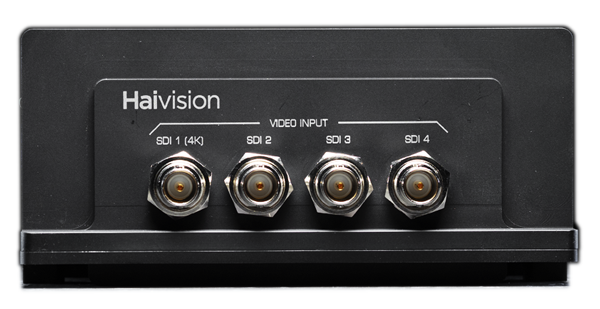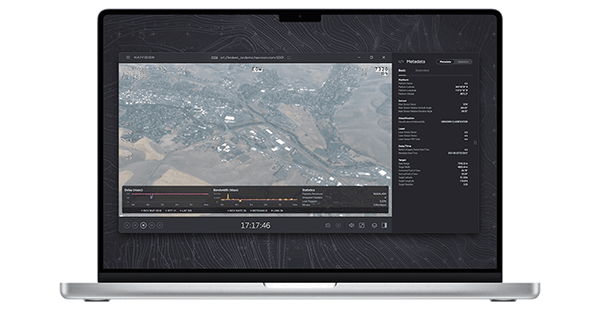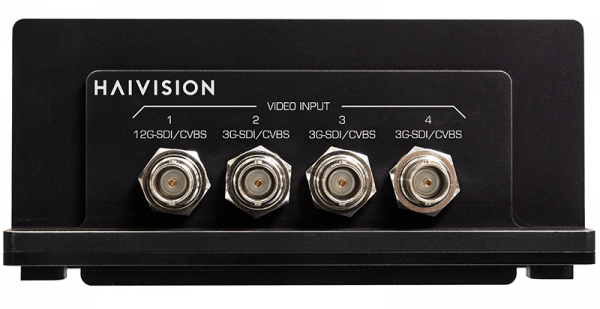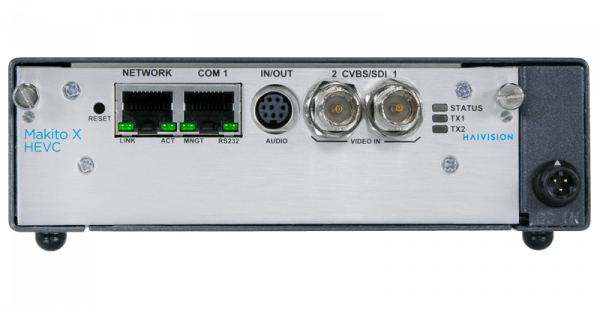Two days, 15 speakers, and over 400,000 attendees – these are the numbers behind this year’s much-anticipated Global Leadership Summit (GLS) that took place this August.
The Global Leadership Network (GLN), headquartered in the Chicago area, hosts the world’s largest annual leadership event, The Global Leadership Summit. Through year-round events and free leadership resources, the GLN combines a blend of leadership education to serve the 2.5 million people who visit GlobalLeadership.org each year.
This year, The GLS gathered speakers including Bob Iger, Ron Howard, Deb Liu, and Jon Acuff, with segments that were both pre-recorded and live with interactive components. Produced and distributed by the GLN, this annual event is broadcast not only within North America, but to 110 countries around the world in more than 55 languages over the course of the following year.
After developing a cloud-based low latency workflow with Haivision solutions and Grass Valley (GV) AMPP, Kyle Healy, Director of Broadcast and Online Experiences for The Global Leadership Summit, sat down with us to talk about the details behind this year’s successful event.
Ditching Satellites
First, a little context.
While The GLS has been a well-attended event for over 20 years, that doesn’t mean they’ve stuck with the same technology. On the contrary, The Summit’s broadcast team has been persistent in its efforts to innovate and find new ways to offer a memorable, inspirational audience experience. In 2019, The GLS experienced the limitations of broadcasting over satellite and began its transition to IP video streaming and live cloud production workflows. Change was again spurred by the pandemic in 2020 – it was vital to find a new way to stream the event that was more cost-efficient, which came in the form of an internet-based solution.
2020 marked a turning point for The Summit; the team officially ditched satellite in favor of cloud-based video networking solutions as the primary delivery source.
This paved the way for the innovative approach to this year’s Summit.The Challenge
Catering to All Crowds
When thousands of people are tuning in live, the pressure is on for the GLS team to produce a flawless low latency viewing experience. Over the course of the two-day event, both live and pre-recorded speakers took the stage, often with interactive elements for both in-person and remote viewers, which makes live streaming more nuanced. With this in mind, the focus for Kyle and his team this year was delivering an exceptional experience to all three audiences: studio audience attendees, host-site attendees, and those viewing online. “The big challenge for the last few years has been effectively communicating to all three of those audiences in a way that keeps them engaged,” Kyle explains.
The Solution
Live Low Latency Cloud Media Production with Grass Valley & Haivision
A few months before the event, Kyle began working with Advanced Systems Group to deploy and configure equipment based on his diagram outlining the requirements for the upcoming event, which included everything from video encoding to the development of a cloud-based media production workflow leveraging Haivision and Grass Valley solutions. “We needed to pull live streams from Haivision Makito encoders in the production studio into Grass Valley AMPP to produce everything online – that meant switching different cameras, adding lower thirds, cuts in and out, and so on, like traditional production but in the cloud,” David Kay, Haivision’s IMS Sales Engineer, explains. “The produced feed came back to Haivision’s cloud solution and was distributed to host sites and online audiences through web players so that they could just click and watch from anywhere.”
Grass Valley AMPP is commonly paired with Haivision’s Makito video encoders, giving broadcast professionals the ability to contribute high-quality, low latency SRT video streams into GV AMPP (Agile Media Processing Platform), the cloud-based video production platform that underlies the GV Media Universe Alliance. This works particularly well for use cases that require synchronized multi-camera production, much like what was needed for The Summit. Live video content from multiple sources at the venue were encoded in real-time with Haivision’s Makito X4 video encoder. From there, the content was then streamed from the encoder via the internet (using the SRT video transport protocol) into the GV AMPP cloud production workflow.
The Result
A Summit Success
“Last year our hosts would talk to our host sites and online audience at the same time, but there was a bit of a disconnect in the scripting because we had to say certain things to people online, but there was no way to cut the host sites away from what we were doing because we only had one physical feed going out of the building,” Kyle explained. “This year, with the Haivision SRT contribution solution into GV AMPP, we were able to have multiple different outputs and use GV AMPP as a master control so I could control and cut feeds off at a specific point.”
The GLS sees only growth in its future, with goals to expand its cloud-based workflow for even more flexibility when live streaming to host sites and online audiences for their next Summit event on August 3-4, 2023, and beyond.



























